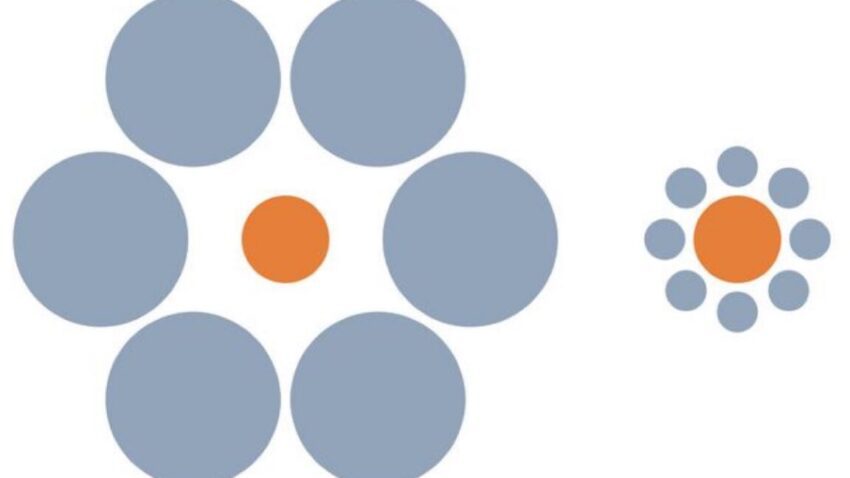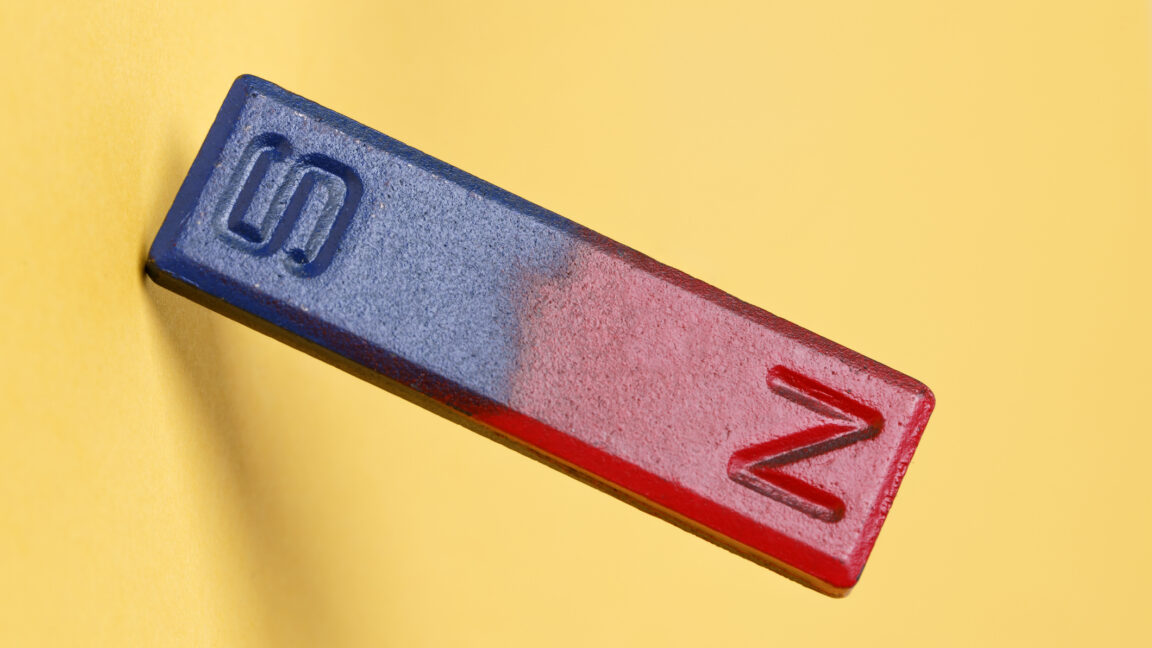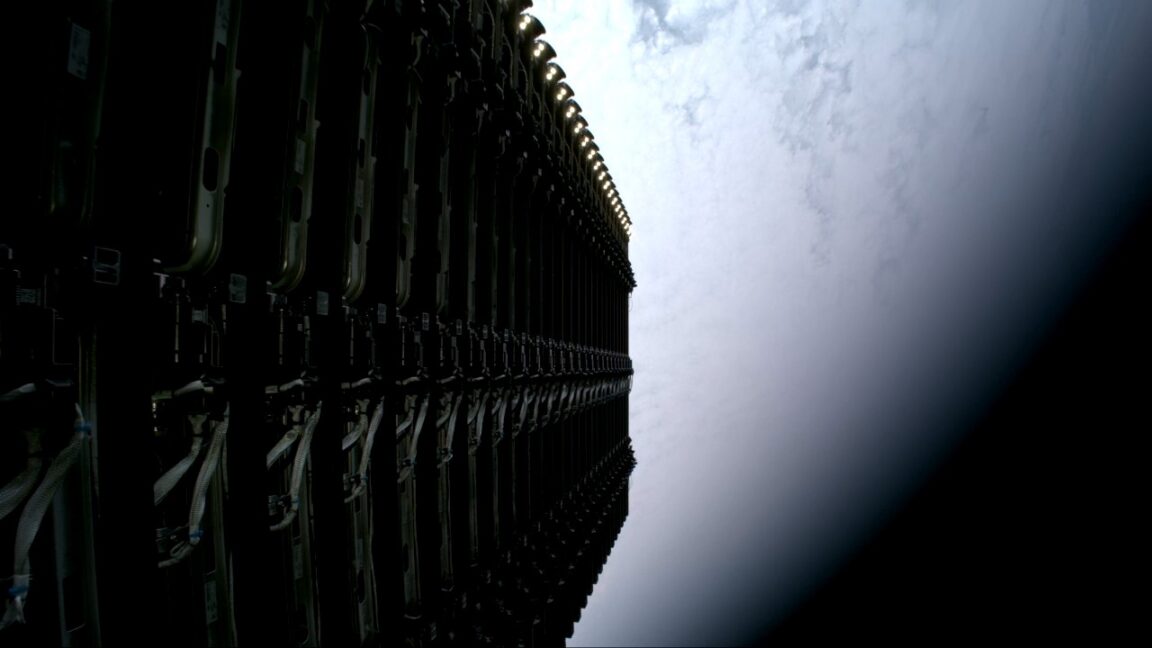
do animals fall for optical illusions it Recent research suggests that animals may experience optical illusions, but their susceptibility appears to depend on various factors, including the specific sensory environment.
do animals fall for optical illusions it
Understanding Optical Illusions
Optical illusions are fascinating phenomena that reveal the complexities of visual perception. One of the most well-known examples is the Ebbinghaus illusion, where a central circle appears smaller when surrounded by larger circles and larger when encircled by smaller ones. This illusion illustrates how context can influence our perception of size. While humans have long been the focus of studies on optical illusions, recent inquiries have turned to the animal kingdom to explore whether non-human species also fall victim to these perceptual tricks.
The Ebbinghaus Illusion and Its Implications
The Ebbinghaus illusion is not just a party trick; it serves as a window into the workings of the brain. It highlights how our brains interpret visual information based on surrounding cues. This context-dependent perception raises intriguing questions about whether animals, with their different sensory systems and ecological needs, experience similar distortions in their visual processing.
Research Findings on Animals and Optical Illusions
A recent paper published in the journal Frontiers in Psychology delves into this question, examining whether various animal species are susceptible to optical illusions. The authors note that prior research has yielded mixed results. Some animals, such as dolphins, chicks, and redtail splitfins, appear to be influenced by optical illusions, while others, including pigeons, baboons, and gray bamboo snakes, do not show the same susceptibility.
Species-Specific Responses
The variability in responses among different species suggests that susceptibility to optical illusions may depend on evolutionary adaptations and sensory environments. For instance, animals that rely heavily on visual cues for survival may be more likely to experience these perceptual distortions. Conversely, species that depend more on other senses, such as smell or hearing, might not be as affected by visual illusions.
Notable Examples of Animals and Optical Illusions
Among the most compelling examples of animals engaging with optical illusions is the behavior of cats. The phenomenon known as “if it fits, I sits” has become a popular meme, showcasing cats squeezing themselves into boxes and other confined spaces. While this behavior is often attributed to a cat’s instinct to seek safety in small areas, it also provides insight into their visual perception.
The Kanizsa Square Illusion
Studies conducted in 1988 and 2021 have demonstrated that cats are susceptible to the Kanizsa square illusion. In this illusion, the brain perceives a square that is not actually present, formed by the arrangement of other shapes. This suggests that cats process visual information in a way that is somewhat analogous to humans, perceiving subjective contours and context in their environment.
Mixed Results Across Species
While some species show susceptibility to optical illusions, others do not. For example, research has indicated that pigeons, despite their keen visual acuity, do not seem to fall for the Ebbinghaus illusion. This could be due to their different visual processing systems, which may prioritize other aspects of their environment over contextual cues.
Understanding Visual Processing in Animals
The differences in how various species perceive optical illusions can be attributed to their unique visual systems. For instance, many birds have a higher density of photoreceptors in their eyes, allowing them to see a broader spectrum of colors than humans. This enhanced color vision may alter their perception of size and context, leading to different experiences with optical illusions.
The Role of Context in Perception
The effectiveness of optical illusions often hinges on contextual clues. In the case of the Ebbinghaus illusion, the surrounding circles provide critical information that influences the perception of the central circle’s size. This reliance on context may explain why some animals are susceptible to certain illusions while others are not. It raises the question of how different species interpret their visual environments and what factors contribute to their perceptual experiences.
Implications for Animal Behavior and Ecology
Understanding how animals perceive optical illusions can have broader implications for animal behavior and ecology. For example, if certain species are susceptible to visual distortions, this could affect their foraging strategies, predator avoidance, and social interactions. Animals that misinterpret visual cues may make suboptimal decisions, impacting their survival and reproductive success.
Future Directions in Research
The study of optical illusions in animals is still in its infancy, and there is much to learn. Future research could explore a wider range of species and optical illusions to gain a more comprehensive understanding of how different animals perceive their environments. Additionally, examining the neural mechanisms underlying visual perception in various species could shed light on the evolutionary adaptations that shape these processes.
Potential Methodologies
Researchers may employ a variety of methodologies to investigate optical illusions in animals. Behavioral experiments can be designed to assess how different species respond to specific illusions. For instance, researchers could use eye-tracking technology to monitor where an animal focuses its gaze when presented with optical illusions. This data could provide insights into their perceptual processes and decision-making strategies.
Conclusion
The question of whether animals fall for optical illusions is complex and multifaceted. While some species demonstrate susceptibility to certain illusions, others do not, suggesting that visual perception is influenced by a variety of factors, including evolutionary adaptations and sensory environments. As research continues to evolve, it may uncover new insights into the intricacies of animal perception and the ways in which different species navigate their visual worlds.
Source: Original report
Was this helpful?
Last Modified: October 21, 2025 at 5:36 am
2 views















